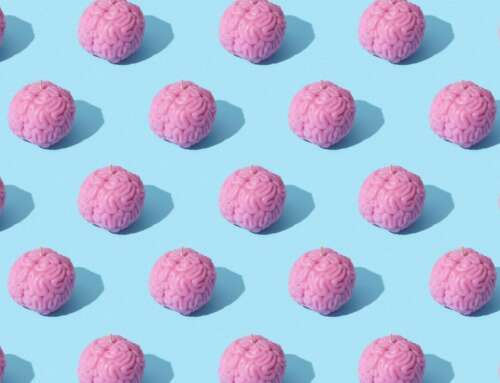
Concussions are common in sport, but few realise just how damaging a concussion is to the brain. Credit: Mark Nolan
News that actor Will Smith will boycott the Oscars has overshadowed promotional coverage of his latest film, Concussion, which examines the effects of repeated head injury.
In the film, Smith plays the real-life neuropathologist Bennet Omalu, who first discovered chronic traumatic encephalopathy (CTE) in the brains of professional American football players. CTE results in dementia-like symptoms, and Omalu suggested that long-term concussive hits were the likely cause.
Repeated concussion has long been associated with neurological dysfunction, and was first described in boxers as “punch drunk” syndrome in 1928. A growing body of evidence now suggests the damage sustained over multiple hits, even when they are “sub-concussive” — apparently symptomless — may increase the risk of neurodegenerative diseases such as Alzheimer’s, Parkinson’s and CTE.
The link between concussion and irreversible brain injury is particularly troubling, especially given the dominance of Australia’s contact sporting culture.
A bump to the brain
Concussion is the most common and mild form of traumatic brain injury. The word comes from the Latin concutere, meaning “to shake violently”. Within the skull, the brain floats in a protective suspension of cerebrospinal fluid. Concussion occurs when either a direct impact or whiplash effect causes the brain to move inside the head and bump against the skull.
As a result, neurons are damaged and the brain may bruise at the site of impact. The required force is surprisingly minimal: losing consciousness is not a pre-requisite for concussion.
It’s estimated that 42 million people worldwide suffer a concussion each year. The majority result from falls or car accidents, and in many cases people don’t seek medical attention.







Leave A Comment